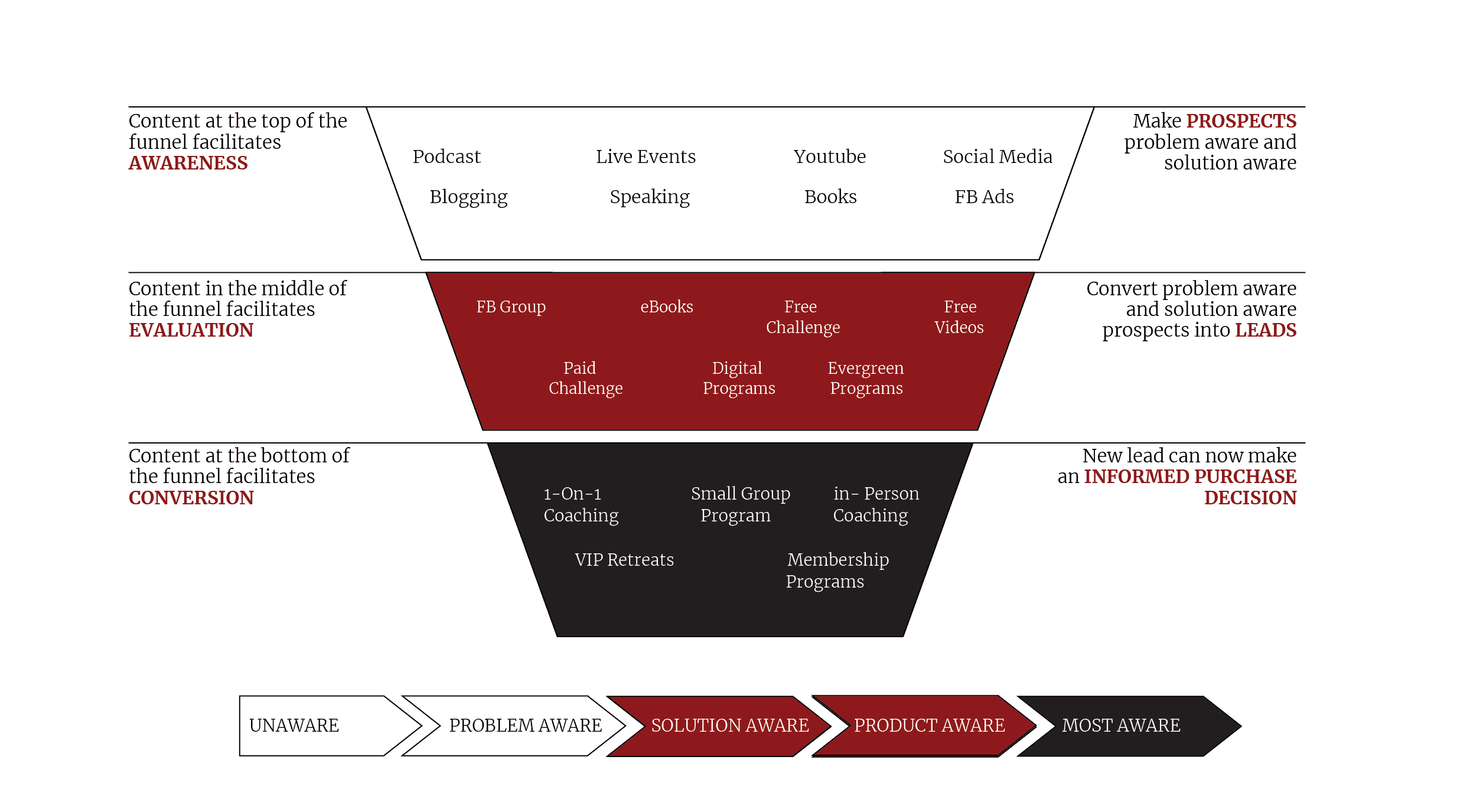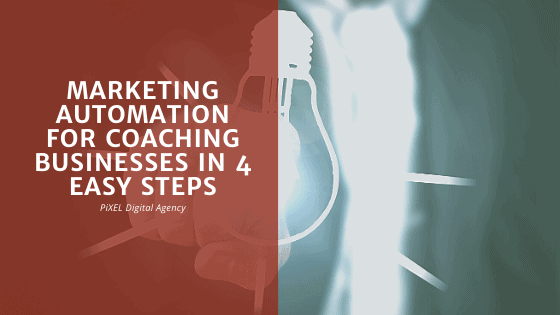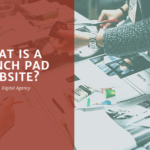Marketing automation is everywhere, from your inbox to your shopping cart or the birthday coupon from a restaurant. You can automate from simple to more complex repetitive tasks and personalize your communications.
As a small business owner, it has become crucial to invest in automating basic marketing actions to become more efficient and get things done in less time. Small businesses that increased their investment in marketing automation tools can see the benefits in less than one year.
Which are the main benefits of marketing automation?
- Increase Conversion Rate. You will be able to provide your customers with the right information at the right time and stay top of mind of your customers.
- Reduce Overall Marketing Costs. By automating simple tasks such as email marketing for example you can dedicate it to attract new clients or nurture the existing ones.
- Align Sales and Marketing Activities. You can easily understand how your customers interact with your brand, who are they and what content consume. You can learn more about which are the best channels to reach them and a lot more.
- Improve Productivity. Recent studies have shown that businesses implementing marketing automation have experienced a 20% increase in productivity.
The benefits speak by themselves and marketing automation has become a must if you want to succeed in your coaching business.
4 Steps to boost your coaching business growth
Before starting to talk more in-depth about marketing automation there are some basics as a business owner you need to be clear about. You might have them already and if not this is a good moment to start preparing them.
Know your audience
Knowing who you are talking to and mapping your customers’ journey is something challenging even for the most experienced marketers. Your customer’s behaviour is constantly changing and for that reason, you need to start understanding your audience needs and goals. If your coaching business has been around for a while now chances are you have already some information about your target audience and some sort of customer database. Now you can start narrowing down who your customers are, where they come from, which is the highest paying customer and so on.
If your business is brand new or your audience doesn’t align with your goals you need to redefine your ideal client. Is highly important at this stage that you define a particular niche you want to focus on and bring the most value to them.
Define your goals
To be able to map out a strategy, it’s important to set up goals and KPIs that will measure the success of your marketing activities. Are you trying to get more clients? Do you want to generate more awareness for your coaching business? Or do you want to promote a new business? Remember the goals you define need to be Specific, Measurable, Achievable, relevant and time-bound (you can check the SMART framework to define your marketing goals).
Once you know what are you trying to achieve consider the metrics that will prove your success or failure. Below you have some examples:
- Increase sales: metrics can be the number of sales made in a specific month, increased customer retention in 3 months, etc.
- Raise awareness of services: metrics can be increased in sales enquiries for that service or increase in sales percentage from those services.
Metrics should be defined for each business and marketing goal. This will help you prioritize your marketing campaigns and investments.
Create a sales funnel
At this stage, you should know more about who your target market is and a defined profile of your ideal client. Also, you should have defined your goals and metrics to measure them. It is time to start defining how are you going to attract your client into your sales process. And to qualify an opportunity you need to first outline:
- When someone is qualified as a lead. (Someone who has joined your Facebook group, clicked an ad or downloaded a free giveaway on your website).
- What actions qualify this opportunity to the next stage. For instance, they have read your emails and booked a 30 min free call.
- What actions remove from someone from the funnel. For instance, the lead has scheduled a call but does not qualify as a client because of budget reasons or because you cannot help him/her.
After you define each stage in your sales funnel you can now understand the conversion rate for each stage. You can then easily identify flaws in your funnel or that opportunities coming from a specific channel don’t convert as well as other channels. You can refine your sales funnel until it gest to the point where you can easily attract your ideal client with ease.
Define your clients’ journey
Once you know how to identify when a lead is going to convert into a paying client you need to identify which channels are you going to use to nurture leads towards a sale. For that reason, there are three funnel stages you need to prepare nurturing strategies to bring a lead closer to a sale.
1. Top funnel tactics
At this stage, your ideal client has limited knowledge of your service and is not aware of its problems. You want to create awareness of your business and show your audience how you can solve their problems.
2. Mid funnel tactics
Now is time to educate your leads and build trust to make your sales process smother at the end of the funnel. You should aim at providing as much value as possible and connect with your potential customers at a deeper level by addressing their deepest need and pain points.
3. Bottom Funnel tactics
The last step is the actual sales part. Here is when your sales team or yourself make sure the client is ready to purchase. Not only that it might happen that the client is not ready at that particular moment in time but there is an opportunity to include him/her in your future sale.
There is specific content you would provide at each stage of the customer journey to move them a step closer to the sales stage. To recap, before starting to invest time and resources in marketing automation your online coaching business needs clear goals, a defined audience, a sales funnel and define the customer journey.





